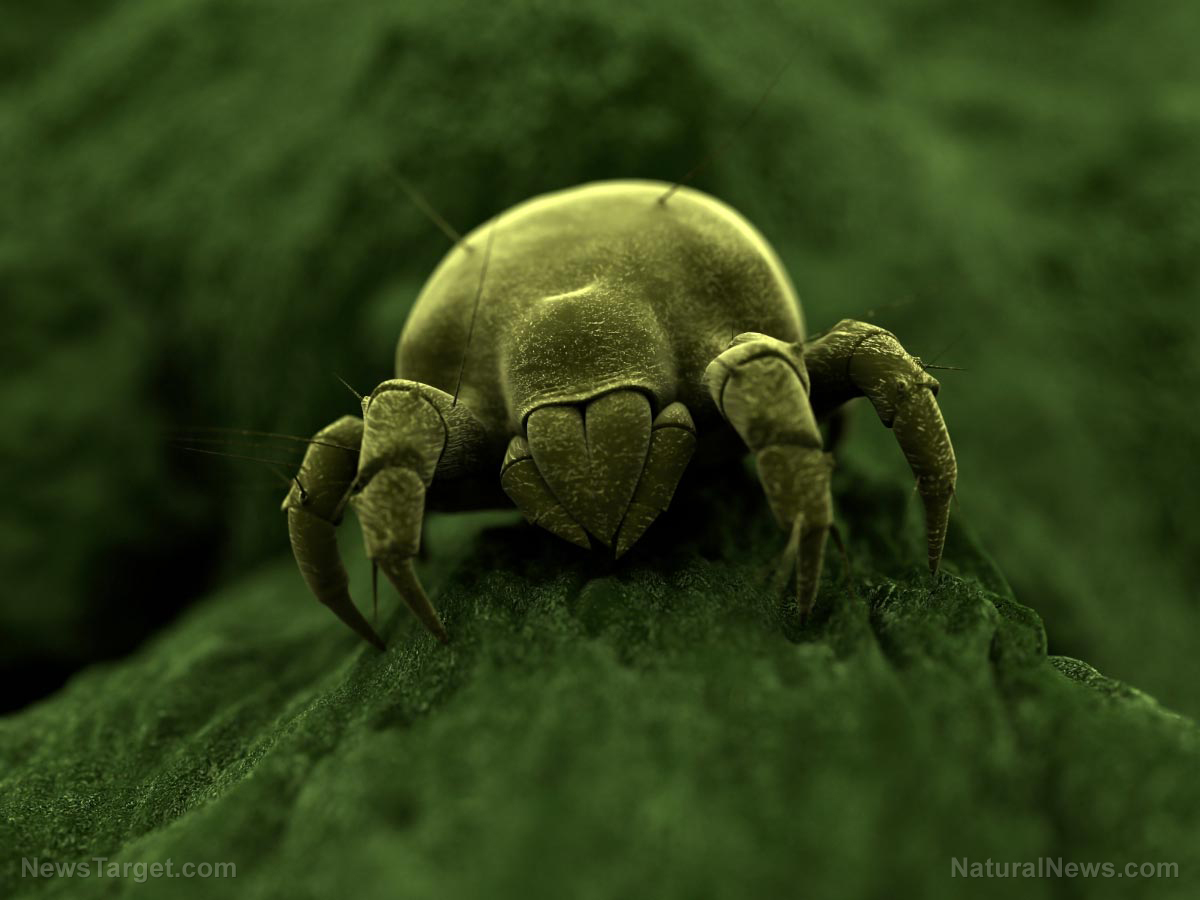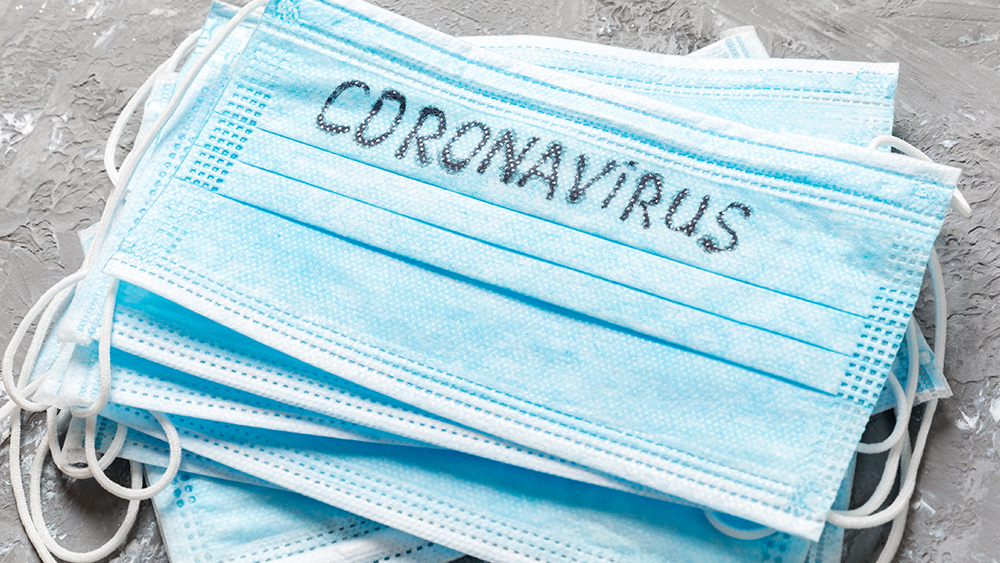
Advertisement
Most of us squirm at the thought of having bugs crawl on us while we sleep, but did you know that you actually share your bed with tiny bugs every night?
Believe it or not, minuscule arthropods known as dust mites live in places like beds and pillows, where there is a seemingly endless supply of their favorite food: dead skin cells. According to the Asthma and Allergy Foundation of America, the average adult sheds as much as 1.5 grams of skin per day, which contains enough skin cells to feed a million dust mites. After two years of use, research shows that as much as a tenth of the weight of your pillow is composed of these mites and their droppings!
Although they are in the same family as ticks and fleas, dust mites do not bite people. These little white bugs measure one-quarter to one-third of a millimeter, and they can only be seen with a microscope. After they die, their bodies remain embedded in your pillows, bedding, drapes and furniture.
Breathing in these dust mites triggers allergies in some people, and it can even spur asthma attacks. Common symptoms of a dust mite allergy include a stuffy or runny nose, sneezing, and itchy eyes. While doctors often suggest nasal corticosteroids and other pills, along with allergy shots, keeping dust mites under control is a far safer and more natural approach that doesn’t have any side effects.
How to keep dust mites at bay
Getting rid of dust mites entirely may not be possible, but controlling them is not too difficult once you establish a good routine. Wash your bedding once a week using hot water. While washing bedding in cold water will kill some dust mites, the water must reach at least 130 degrees Fahrenheit in order to kill all the mites. Some people like to add eucalyptus oil to their wash water.

Direct sunlight can also kill dust mites, so consider hanging rugs or other fabrics that are difficult to clean outside in the sun to get rid of dust mites. If you have fabrics in your bedroom that can’t be easily washed in hot water or hung outside, consider replacing them.
You can also use anti-allergy covers on your pillows and mattresses. These covers are made using material with tiny pores that the dust mites and their feces cannot pass through, and they typically zip up for easy removal and washing.
You should also dust and vacuum your home regularly to keep the air clean. Wear a filtering mask, or better yet, have someone do it for you if your allergies are severe. Make sure this is done at a time when you won’t need to enter the room for a while as it will stir up a lot of dust.
Create a hostile environment
Dust mites thrive in warmer weather and don’t like extreme temperatures, so you’ll need to be especially vigilant in fall and spring. Their ideal conditions are temperatures between 68 and 77 degrees Fahrenheit and humidity levels of between 70 and 80 percent; they can thrive all year if your house is constantly humid and warm.
The Asthma and Allergy Foundation of America recommends keeping your house at less than 50 percent humidity to deter dust mites. If your house is excessively humid, consider using a dehumidifier. You can also add a HEPA filter to your air conditioner or central heating.
Whether you have severe allergies or you merely find the idea of sharing your bed with millions of tiny critters to be unsettling, there are lots of great ways you can control the amount of dust mites in your home and keep allergies at bay.
Sources include:
This article may contain statements that reflect the opinion of the author
Advertisement
Advertisements















